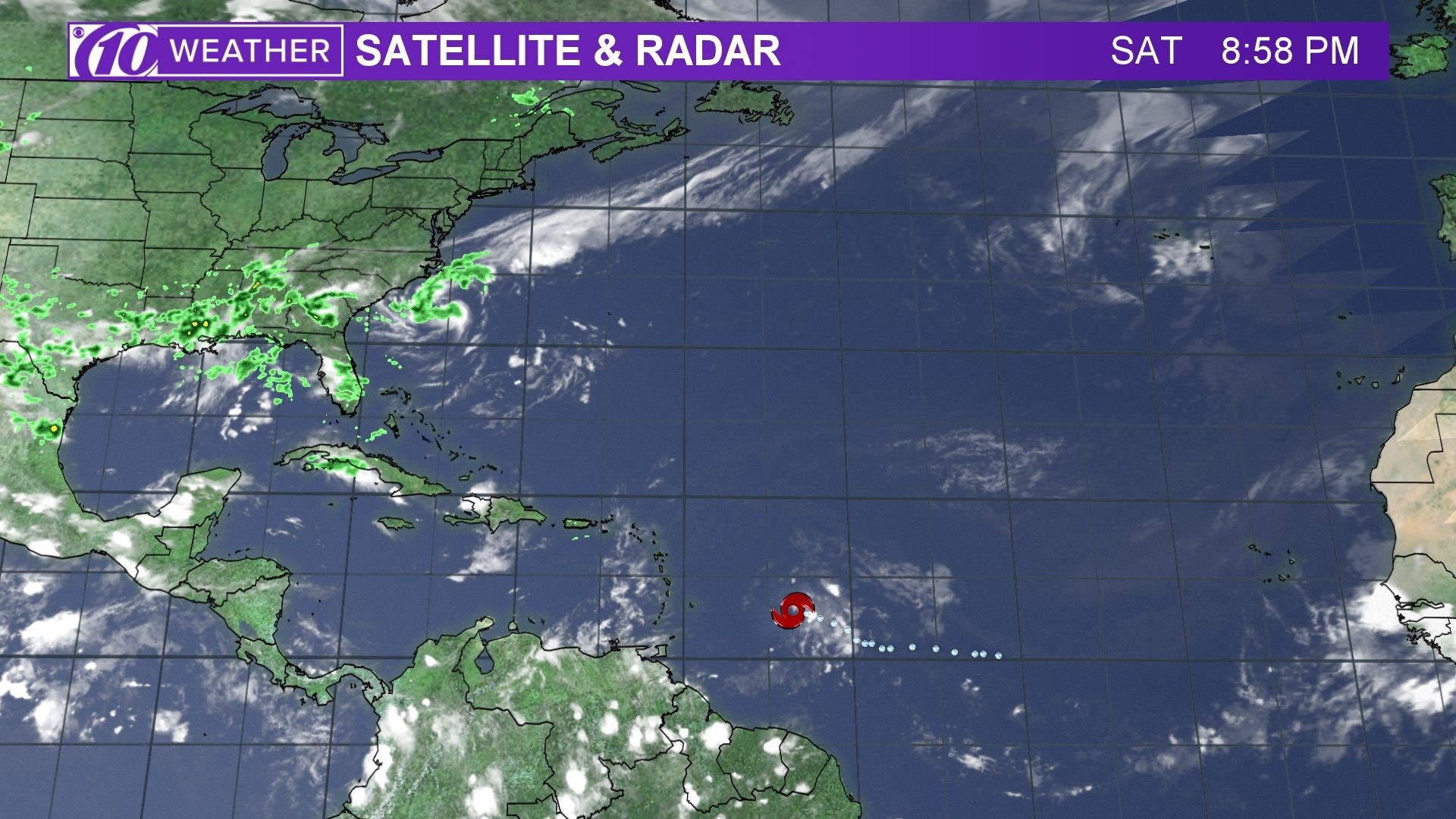Understanding the Spaghetti Models for Tropical Storm Beryl: Tropical Storm Beryl Spaghetti Models

Tropical storm beryl spaghetti models – In the realm of tropical storm forecasting, spaghetti models serve as indispensable tools for meteorologists and the general public alike. These models, characterized by their intricate web of lines, provide valuable insights into the potential paths of tropical storms, helping us better anticipate their impacts and prepare accordingly.
Spaghetti models, also known as ensemble forecast models, are generated by running computer simulations multiple times with slightly different initial conditions. This process allows meteorologists to visualize the range of possible storm tracks and assess the likelihood of each scenario.
Visual Representation of Spaghetti Models for Tropical Storm Beryl
The spaghetti models for Tropical Storm Beryl illustrate the variability in predicted storm tracks. The lines, resembling a bundle of spaghetti, represent individual model runs. The thicker lines indicate areas with a higher probability of the storm passing through, while the thinner lines represent less likely paths.
By examining the spaghetti models, meteorologists can identify areas that are most at risk and issue timely warnings. The models also help track the storm’s progress and provide updates on its intensity and direction.
Factors Influencing the Variability of Spaghetti Model Predictions
The variability in spaghetti model predictions stems from several factors, including:
- Initial Conditions: Slight variations in the initial conditions of the computer simulations can lead to significant differences in the predicted storm tracks.
- Model Physics: Different models employ different equations and algorithms to simulate the behavior of the atmosphere, which can affect the predicted storm paths.
- Atmospheric Conditions: The state of the atmosphere, such as wind patterns and temperature gradients, can influence the storm’s movement and intensity.
Communicating the Spaghetti Model Data

The spaghetti model data is a valuable tool for understanding the potential paths of a tropical storm. By effectively communicating this data, we can help people make informed decisions about their safety and property.
Design a table or infographic to effectively present the spaghetti model data.
One way to present the spaghetti model data is to create a table or infographic. This can help people to visualize the different possible paths of the storm and to see how the predictions have changed over time.
- The table should include the following information:
- The date and time of the model run.
- The name of the model.
- The predicted path of the storm.
- The uncertainty in the prediction.
- The infographic should include a map of the area that is likely to be affected by the storm. The map should show the different possible paths of the storm, as well as the areas that are most likely to be impacted.
Create a narrative to explain the implications of the spaghetti model predictions., Tropical storm beryl spaghetti models
In addition to creating a table or infographic, it is also important to create a narrative that explains the implications of the spaghetti model predictions. This narrative should help people to understand what the predictions mean and how they can use this information to make decisions about their safety and property.
The narrative should include the following information:
- A description of the different possible paths of the storm.
- A discussion of the uncertainty in the predictions.
- Advice on what people can do to prepare for the storm.
Provide recommendations on how to use the spaghetti model information for decision-making.
The spaghetti model information can be used to make decisions about evacuation, sheltering in place, and other preparations for the storm. It is important to remember that the predictions are not always accurate, so it is important to use this information in conjunction with other sources of information, such as the National Hurricane Center.
- If the spaghetti model predictions show that your area is likely to be impacted by the storm, you should start making preparations to evacuate or shelter in place.
- You should also stay informed about the latest forecasts and warnings from the National Hurricane Center.
- If you are asked to evacuate, you should do so immediately.
Tropical storm Beryl spaghetti models are a great way to track the potential path of the storm. You can find these models at hurricane beryl spaghetti models , which provides an up-to-date look at the storm’s forecasted track. The spaghetti models show the possible paths of the storm, and they can help you make informed decisions about your safety.
Tropical Storm Beryl spaghetti models show a range of possible paths, but they all converge on one general area. To get a more precise idea of where the storm is headed, check out the storm beryl path. This interactive map shows the storm’s projected path and intensity over time.
It’s a great way to stay informed about the storm’s progress and make informed decisions about your safety.